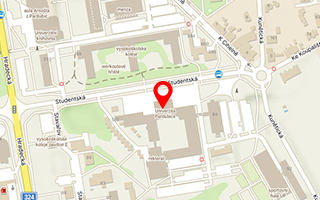Publikace detail
Workplace bullying: Models of empirical estimation of the incidence and the psychological problems of victimization on a sample of employees in the Czech Republic
Autoři:
Cakirpaloglu Panajotis | Smahaj Jan | Cakirpaloglu Simona Dobesova | Zielina Martin | Slavíček Ondřej
Rok: 2019
Druh publikace: článek v odborném periodiku
Název zdroje: Československá psychologie
Název nakladatele: Psychologický ústav AV ČR, v.v.i.
Místo vydání: Praha
Strana od-do: 136-149
